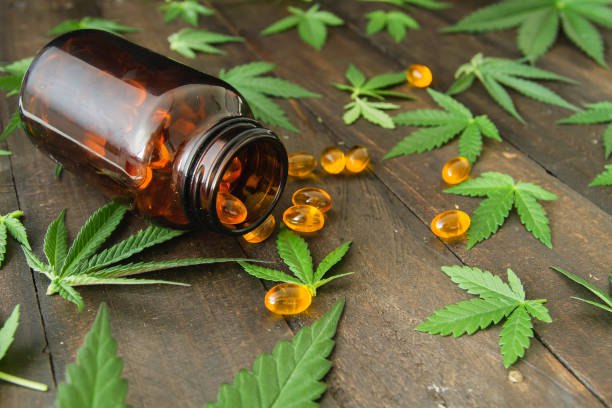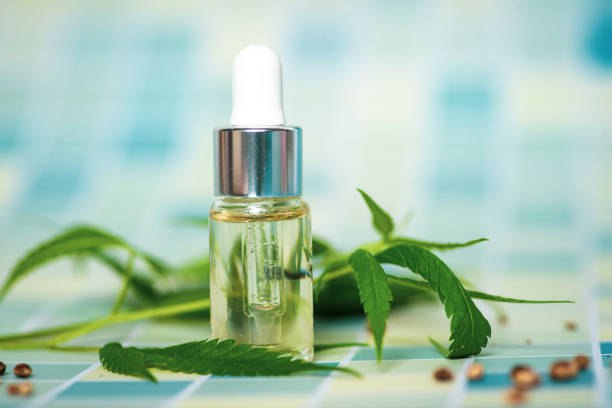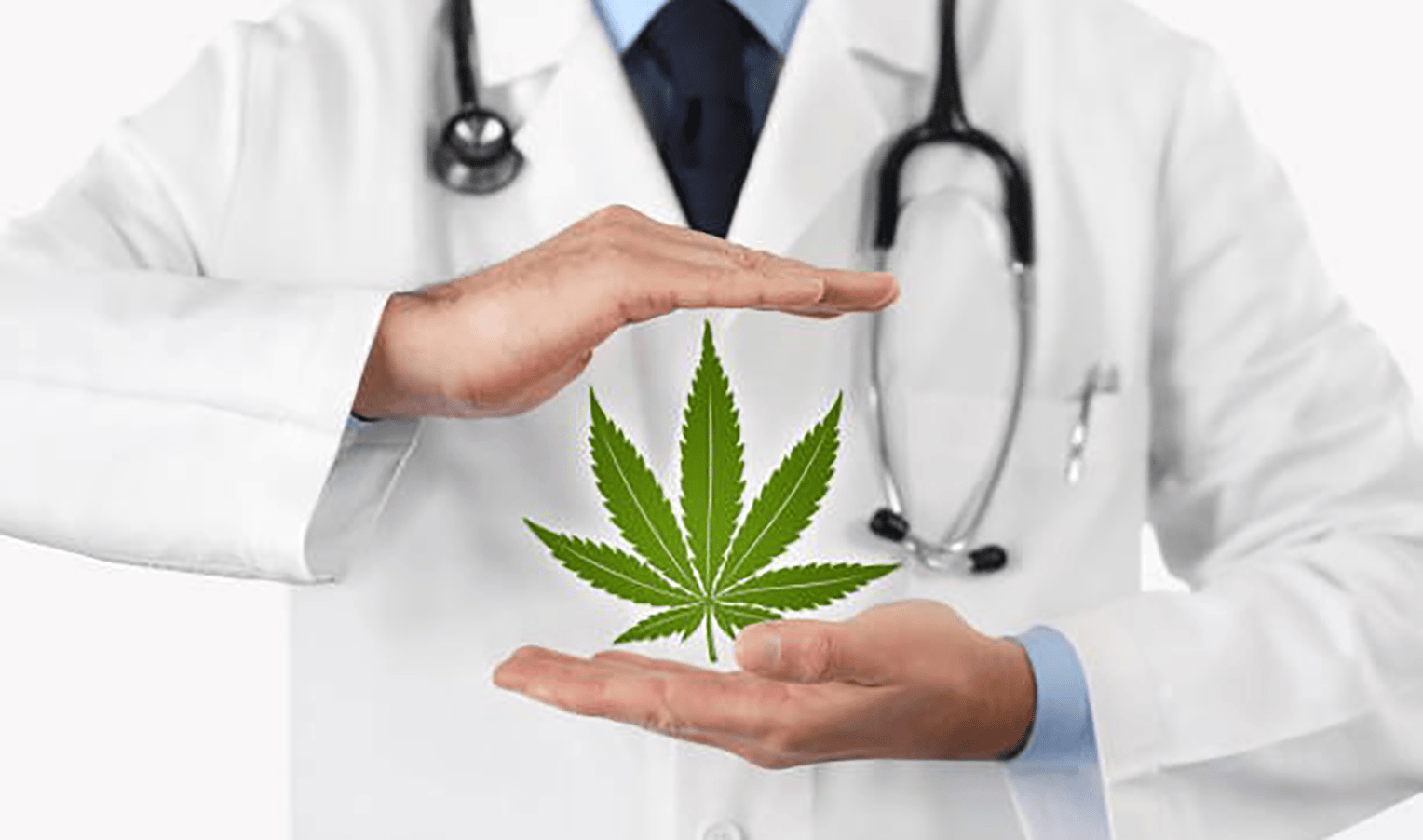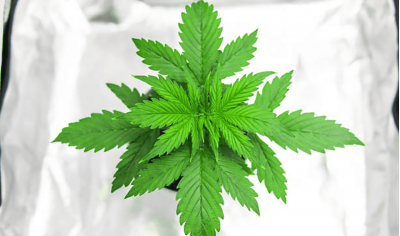Pain is the most common problem of humanity and the main reason for seeking medical care. The annual cost of treating pain exceeds $300 billion, more than the costs of heart disease, cancer, and diabetes combined. According to a study by the National Academies of Sciences, Engineering, and Medicine: "There is no convincing or significant evidence that cannabis or cannabinoids are effective in the treatment of chronic pain in adults."
Hemp: From the Centuries to the Present
Hemp products have been used for centuries to treat a variety of conditions, such as joint pain, migraines, neuropathic pain, and seizures. Modern science confirms that the recently discovered endocannabinoid system (ECS) controls inflammation - a major factor in pain. By activating receptors in the ESS, cannabis can help reduce pain and inflammation.

The Choice Between Synthetics and Nature: Pharmaceutical Cannabinoids
The FDA has approved two synthetic forms of THC, Marinol (dronabinol) and Sezamet (nabilone), which are only available by prescription. Both are approved for chemotherapy treatment, and Marinol is also approved for appetite stimulation in HIV patients. Unfortunately, these drugs are not always effective in the treatment of chronic pain and are not very popular.
Issues and Prospects: Medical Marijuana for Pain Management
Recent surveys indicate that over 90% of medical marijuana users use it for pain relief. Chronic pain sufferers prefer natural flower cannabis over modern artificial options. Consumers of synthetic cannabinoids often abandon their use due to ineffectiveness and side effects.
Route Selection: How to Choose the Most Effective Way
Compared to pills, inhalation and other forms of marijuana are preferred because of their faster onset and fewer side effects. It is important to note that "scientific evidence suggests that the inhalation (vapor) option is more predictable, effective, and potentially more tolerable than oral preparations." However, there are potential problems with vaping [discussed elsewhere in the book]. When using medical marijuana, careful administration should be followed, ideally under the supervision of a physician or qualified healthcare professional.
An Integrated Approach to Health: Other Treatment Options
Often, patients with chronic pain do not receive adequate evaluation and treatment for the causes of their condition. For the recommendation of medical cannabis, it is recommended to consult specialists in manual medicine, such as osteopaths, physiotherapists and massage therapists. For many patients, pain disappears and physical activity is restored as a result of these referrals. In addition, bodywork techniques, especially well-studied mindfulness-based stress reduction programs, have been shown to be very helpful for chronic pain patients.
Nutrition and Health: The Importance of Optimum Condition
Another common problem among chronic pain patients is poor nutrition and inflammation. I believe that at least half of all chronic pain patients could benefit from magnesium and B vitamins, even if they are not deficient. After addressing these underlying issues, if pain persists, cannabis is recommended. It is important to consider the type and method of administration.
Optimal Use of Cannabidiol (CBD) for Pain Relief: New Research and Recommendations
Unfortunately, using CBD alone is not always effective.
Today, there is considerable uncertainty about which cannabinoids, combinations, and ratios may work best for different types of pain. This is in part because there is virtually no federal funding to support such clinical research. Fortunately, some cannabis companies are beginning to conduct important research into the use of cannabis and CBD in pain patients.
Many patients report beneficial effects of using CBD alone for pain, but to date there is no clinical evidence to support this. Although I have seen many patients who understandably feel less pain after using CBD alone, most of them still needed additional THC.
There is some evidence that combining CBD with a common terpene, β-caryophyllene (BCP), may help relieve pain better than CBD alone. Terpenes not only add aroma and flavor to cannabis, but can also increase its effectiveness - a phenomenon known as the "community effect". BCP can also improve cognitive function, improve digestion, and induce relaxation without sedation. BCPs can be found in common spices such as cinnamon, oregano, cloves, and black pepper.
Several lesser-known compounds in hemp, especially cannabidiol acid (CBDA) and cannabigerol (CBG), have been found to be effective for chronic pain and other conditions in animal studies. Unfortunately, they are rarely studied in humans and are not yet as widely available as THC or CBD. However, a growing number of clinics report that their patients find them helpful for some types of chronic pain.

Combinations of cannabinoids
I find that CBDA can be very helpful in cases of inflammatory pain; it is now one of my standard tools for patients with conditions such as rheumatoid arthritis. Although some patients with these conditions may not achieve complete pain relief from CBDA alone, some have achieved complete or partial regression of their arthritis at high doses of 100-200 mg/day. I also believe that combining CBDA with CBD may be particularly beneficial for older people with osteoarthritis. I recommend a 1:1 ratio of CBD:CBDA in an oral or sublingual dose, starting with 10-15 mg of CBD and CBDA twice daily, and titrating to 50-100 mg of each twice daily as needed.
I have also found that full spectrum CBDA hemp oil in sublingual, oral, or topical form can be very effective in relieving muscle pain from minor injury or overtraining. I've recently noticed an increase in athletes using CBD and CBDA for minor post-workout soreness and finding it very helpful. This is an important change because CBD and CBDA are safer in the long run than traditional drugs like Advil and Tylenol.
Adding CBG to other cannabinoids such as CBD and THC may help relieve osteoarthritis and neuropathic pain in some patients. CBG is also helpful in reducing anxiety. However, it should not be taken at night as it can be somewhat stimulating and interfere with sleep. For patients who are sensitive to any amount of THC during the day, I find that using a combination of CBD, CBDA, and CBG in the morning can be very helpful for a number of pain types, including neuropathic pain and inflammatory pain from osteoarthritis and other conditions. Similar to CBDA, the dose of CBG is usually half that of CBD, in the range of 5-10 mg, taken once daily in the morning.





Write a comment